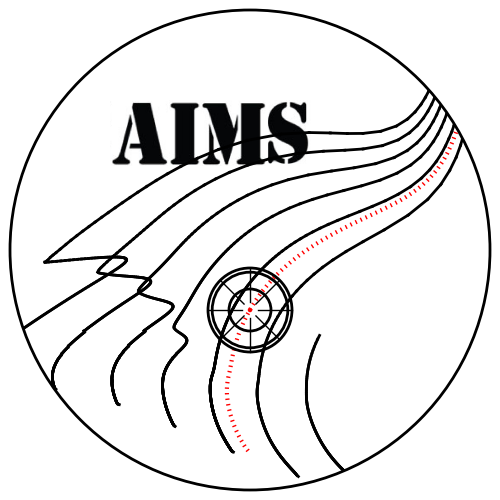November 28, 2016 report
New asteroseismic modelling tool provides crucial parameters of a nearby binary system

(Phys.org)—A team of European astronomers led by Benard Nsamba of the University of Porto in Portugal has developed a new tool for asteroseismic modeling of stars capable of deriving fundamental stellar parameters. The Asteroseismic Inference on a Massive Scale (AIMS) tool allowed them to obtain essential information about both components in the nearby binary HD 176465. The results were published Nov. 17 on the arXiv preprint server.
AIMS is an asteroseismic modeling tool developed to estimate stellar parameters and credible error bars. It is a state-of-the-art instrument based on a grid of evolutionary models generated using another tool called Modules for Experiments in Stellar Astrophysics (MESA).
AIMS, like other asteroseismic inference tools, matches model parameters to observed individual oscillation frequencies or ratios of characteristic frequency separations and spectroscopic parameters such as effective temperature and metallicity. It uses a Bayesian approach to find the probability distribution functions of stellar parameters.
"With a set of models, theoretical frequencies for each model, classical and seismic constraints, AIMS [quite easily] derive[s] stellar parameters. This is done through comparing models with observables in order to obtain the best matching model," Nsamba told Phys.org.
To check capabilities of AIMS, Nsamba and his team decided to conduct an independent modeling of each star in the binary system HD 176465. It is one of a few binary systems with solar-like oscillations detected separately in both components. These oscillations play critical role for understanding stellar structure and evolution.
AIMS allowed the researchers to obtain precise fundamental stellar parameters of HD 176465, including mass, radius and age of both stars.
According to the paper, HD 176465 A is slightly smaller than the sun with a mass of about 0.94 solar masses and a radius of 0.92 solar radii. Its derived age is 2.8 billion years. HD 176465 B was found to be 2.5 billion years old with a mass of 0.92 solar masses and a radius of approximately 0.88 solar radii.
The results show that HD 176465 B is some 500 million years younger than previously thought, while other parameters of both of the stars are in accordance with earlier measurements carried out using different tools, including MESA.
"These results are in agreement when compared to previous studies carried out using other asteroseismic modelling techniques and gyrochronology," the paper reads.
Moreover, the scientists also found that metal abundances of both HD 176465 components are similar. They assume that both stars were formed from the same molecular cloud with approximately the same chemical composition.
"In addition, assuming the binary was formed from the same molecular cloud, we were able to show that the binary has the same heavy element abundance and same age within. This was achieved through independent modeling of each of the components without putting any prior constraints on the age of the system," Nsamba noted.
The team hopes that future space missions such as NASA's Transiting Exoplanet Survey Satellite (TESS) and ESA's PLAnetary Transits and Oscillations of stars (PLATO) might provide more precise asteroseismic data for similar binary systems. That could significantly improve our knowledge about stellar evolution and asteroseismology.
More information: Asteroseismic modelling of the Binary HD 176465, arXiv:1611.05698 [astro-ph.SR] arxiv.org/abs/1611.05698
Abstract
The detection and analysis of oscillations in binary star systems is critical in understanding stellar structure and evolution. This is partly because such systems have the same initial chemical composition and age. Solar-like oscillations have been detected by Kepler in both components of the asteroseismic binary HD 176465. We present an independent modelling of each star in this binary system. Stellar models generated using MESA (Modules for Experiments in Stellar Astrophysics) were fitted to both the observed individual frequencies and complementary spectroscopic parameters. The individual theoretical oscillation frequencies for the corresponding stellar models were obtained using GYRE as the pulsation code. A Bayesian approach was applied to find the probability distribution functions of the stellar parameters using AIMS (Asteroseismic Inference on a Massive Scale) as the optimisation code. The ages of HD 176465 A and HD 176465 B were found to be 2.81 ± 0.48 Gyr and 2.52 ± 0.80 Gyr, respectively. These results are in agreement when compared to previous studies carried out using other asteroseismic modelling techniques and gyrochronology.
© 2016 Phys.org




















